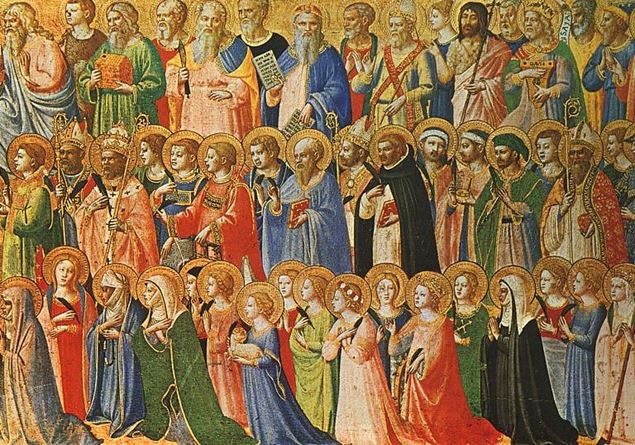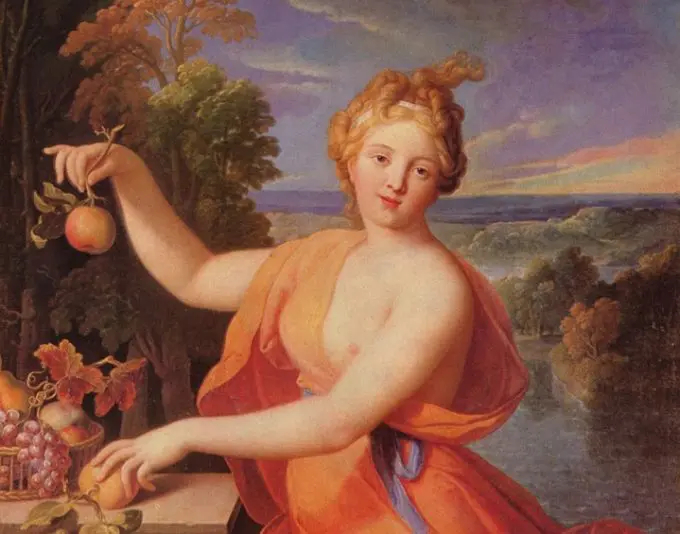All Saints’ Day has its origins in very ancient traditions common to almost all past civilizations, related to the end of summer, or at any rate the end of the warm months, and the beginning of the darkest and coldest time of the year.

This time of natural cycles has also always been linked to the concept of death, as winter represents a difficult period in which one must survive without the fruits of the earth, which appears in effect lifeless. In ancient Rome, for example, the goddess Pomona, the obscure wild goddess of fruits and seeds, was celebrated by asking that they bear fruit in the spring, and homage was paid, by similarity, to the dead in the Parentalia, a cult of departed family members.
It was in the year 840, with Pope Gregory IV, that the Church officially instituted the feast of All Saints’ Day, moving it from May 13 to Nov. 1, intended to superimpose a Christian holiday on a pagan one linked to lunar cycles and the seasons. The Celtic holiday of Halloween, which originates from celebrations on the eve of All Saints’ Day, is also in this vein.

Ancient folkloric traditions survive in Italy, especially in the north and in Sardinia, where festivities related to the end of the seasonal cycle and the cult of the dead overlap at this time of year.
All Saints’ Day has been obligatory for all of Christendom since 1475 at the behest of Pope Sixtus IV. In Italy it is both a day of obligation and a civil holiday.
Prima Bottega pays tribute to all saints with a dedicated catalog.